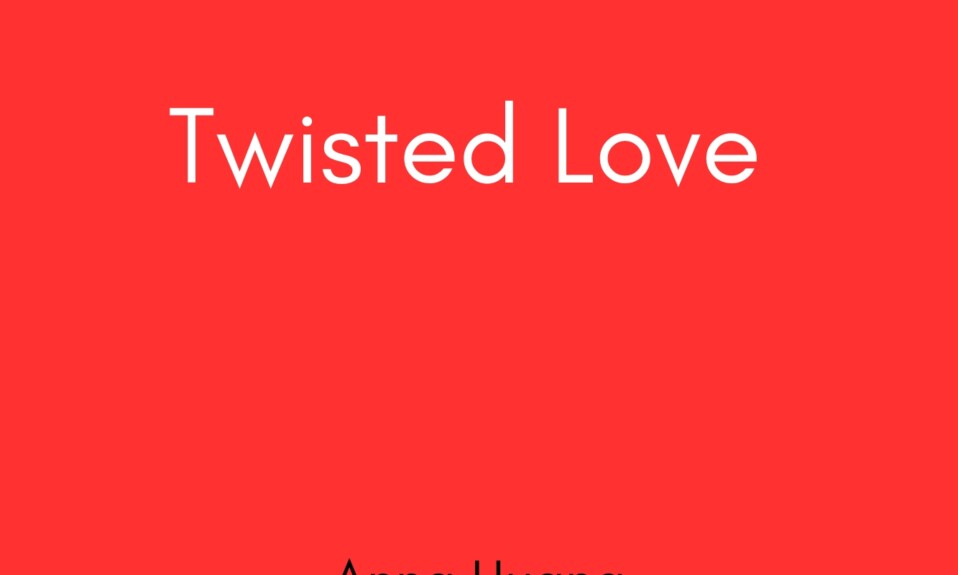
Summary and Analysis of Twisted Love by Ana Huang
Ana Huang’s Twisted Love intricately weaves themes of trauma, vulnerability, and redemption into a passionate romance between Alex Volkov and Ava Chen.
🔥 Want to experience every steamy moment and emotional twist yourself?
👉 Get Twisted Love on Amazon
The novel, structured around key developmental arcs and literary tropes, explores the complexities of love amidst dark secrets and personal growth. Below is a chapter-by-chapter breakdown of the story’s progression, themes, and character evolution:
Chapters 1–7: Setting the Stage
- Tropes and Dynamics:
- The story introduces a grumpy/sunshine dynamic, with Alex’s cold, guarded demeanor contrasting Ava’s warmth and optimism.
- Forced proximity and brother’s best friend tropes drive early tension, as Alex moves next door to protect Ava during her brother Josh’s absence.
- Character Foundations:
- Alex: Haunted by childhood trauma—witnessing his family’s murder—he avoids emotional intimacy, preferring transactional relationships. His obsession with revenge defines his actions.
- Ava: Struggles with night terrors and repressed memories of a near-drowning incident. Her desire for connection clashes with her fear of being unlovable.
- Foreshadowing and Trauma:
- Flashbacks (“Blood. Everywhere.”) and recurring nightmares hint at unresolved trauma. Ava’s superstitions (e.g., the unlucky number four) heighten the ominous tone.
- Early conflicts (e.g., Alex firing an employee ruthlessly) underscore his emotional detachment, while Ava’s Operation Emotion begins to chip at his defenses.
Chapters 8–15: Building Tension and Connection
- Operation Emotion:
- Ava’s playful attempts to evoke emotions in Alex inadvertently deepen their bond. Moments like movie nights and shared smiles hint at mutual attraction.
- Alex’s jealousy at the Thayer Gala and Ava’s candid photography session reveal his growing vulnerability.
- Trauma and Agency:
- Liam’s assault on Ava highlights her struggle for autonomy, contrasting with Alex’s protective instincts. His intervention allows Ava agency, symbolizing respect versus control.
- Ava’s night terrors and Alex’s insomnia mirror their shared trauma, emphasizing their emotional parallels.
- Tonal Shifts:
- Lighthearted scenes (e.g., a picnic ruined by a dog) balance darker moments, foreshadowing both hope and impending conflict.
Chapters 16–26: Intimacy and Transformation
- Swimming Lessons as Metaphor:
- Teaching Ava to swim becomes a catalyst for intimacy. The pool setting amplifies sexual tension, leading to their first passionate encounter.
- Swimming symbolizes Ava’s journey toward self-reliance, while drowning reflects her past fears.
- Power Dynamics and Vulnerability:
- Alex’s possessive yet protective nature clashes with his fear of intimacy. His confession about his family’s murder marks a turning point, though he retreats afterward.
- Ava embraces submission as empowerment, finding strength in vulnerability: “control in submission.”
- Family Betrayal:
- A tense encounter with Ava’s father, Michael, foreshadows darker revelations. His cold demeanor and Ava’s suppressed memories hint at deeper familial secrets.
Chapters 27–35: Climax and Revelation
- Anagnorisis (Discovery):
- Ava recalls Michael’s attempt to drown her, shattering her perception of him. This revelation fuels her insecurity about being unlovable.
- Alex learns his uncle Ivan orchestrated his family’s murder, upending his revenge plot and forcing him to confront his lies to Ava and Josh.
- Conflict and Sacrifice:
- Ivan kidnaps Ava, using her as leverage against Alex. Alex’s rage and desperation highlight his emotional growth, culminating in a heartfelt confession: “You are the light to my dark.”
- Ava confronts Michael, reclaiming agency, while Alex’s betrayal (withholding the truth) strains their relationship.
- Mood and Symbolism:
- Vivid descriptions (e.g., Ivan’s grotesque appearance) heighten tension. Weather mirrors emotional states—storms symbolize grief, while rainbows signal hope.
Epilogue (Chapter 36): Resolution and Growth
- Third-Act Breakup and Reconciliation:
- Alex pushes Ava away to protect her, embodying the noble sacrifice trope. Their separation forces independent growth:
- Ava moves to London, conquering fears (swimming alone, pursuing her career) and achieving self-love.
- Alex abandons revenge, prioritizing emotional openness. His public serenade at her art exhibit symbolizes vulnerability and redemption.
- Themes of Healing:
- Trauma’s lingering effects persist (Josh’s unresolved anger), but the epilogue ends on hope. Thanksgiving symbolizes renewal, with Alex and Ava rebuilding trust.
- Symbolic Weather:
- Gloomy skies reflect despair post-breakup, while a rainbow heralds Ava’s empowerment. Alex’s reduced work hours signify a shift from vengeance to connection.

Key Takeaways
- Trauma and Vulnerability: Both protagonists grapple with childhood scars, learning that intimacy requires confronting pain.
- Agency vs. Control: Ava’s journey from victimhood to self-reliance contrasts Alex’s evolution from vengeance to emotional accountability.
- Literary Devices: Foreshadowing (nightmares, numbers), mood shifts, and weather symbolism deepen narrative tension and emotional resonance.
- Love as Transformation: Their relationship heals old wounds, proving that vulnerability fosters strength and redemption.
Twisted Love ultimately delivers a cathartic exploration of how love—twisted by trauma—can untangle the darkest parts of the human soul, offering light in the aftermath of despair. Inspired to read the full story? Buy the full book on Amazon now
Other Summaries you may like;
When Breath Becomes Air Summary by Paul Kalanithi



